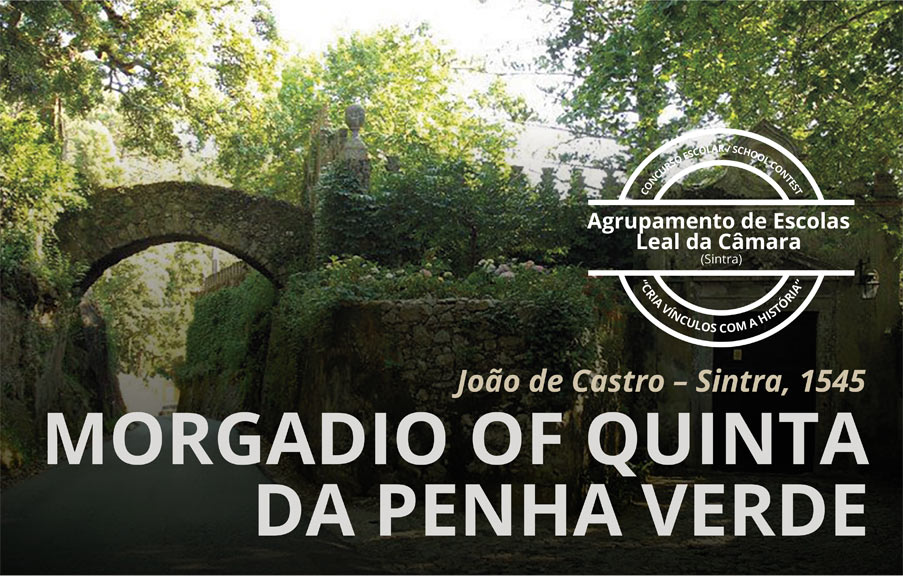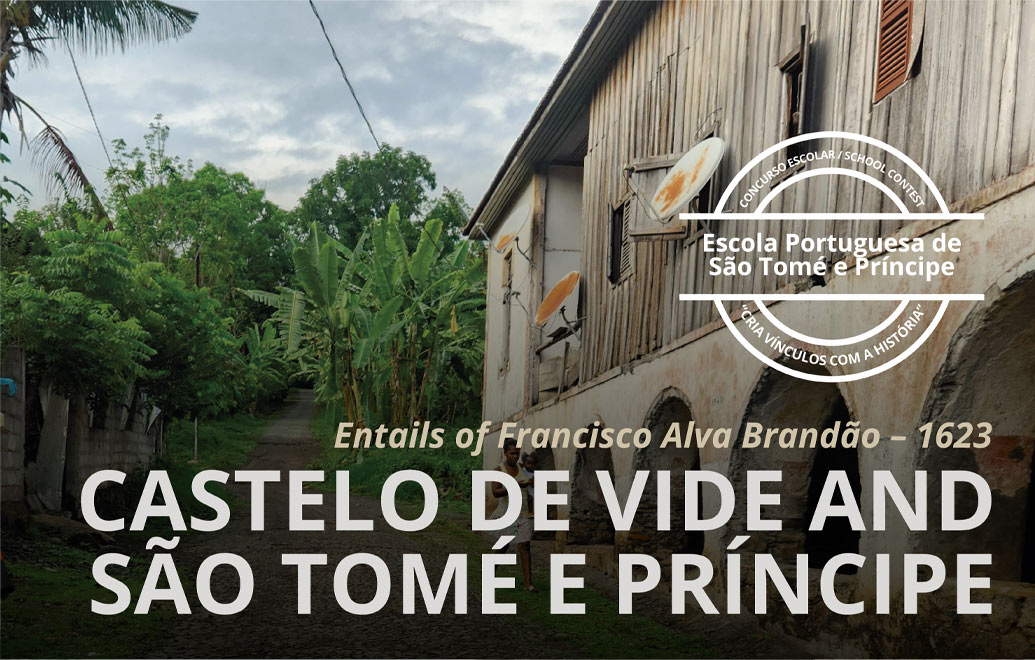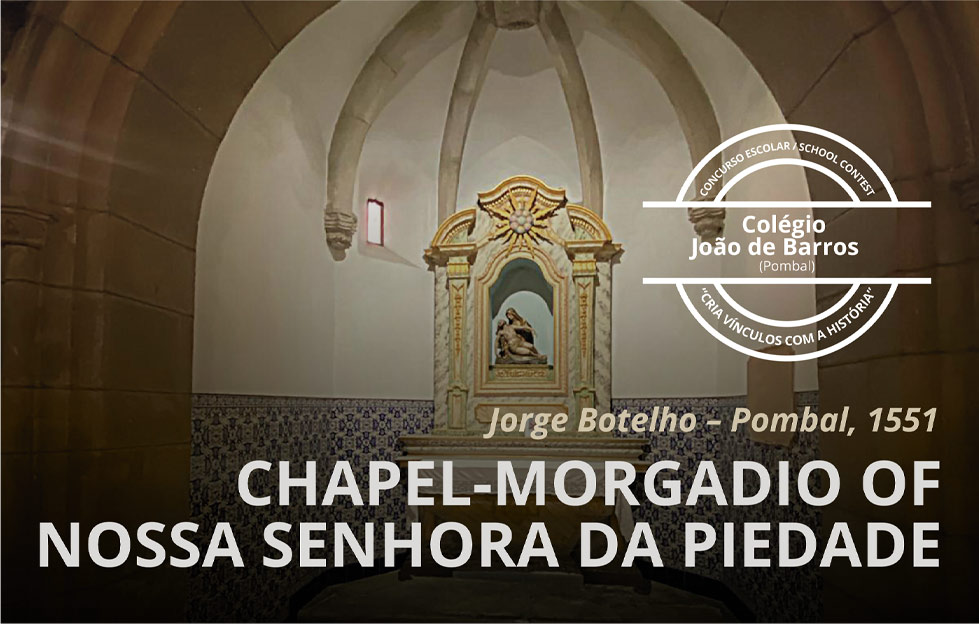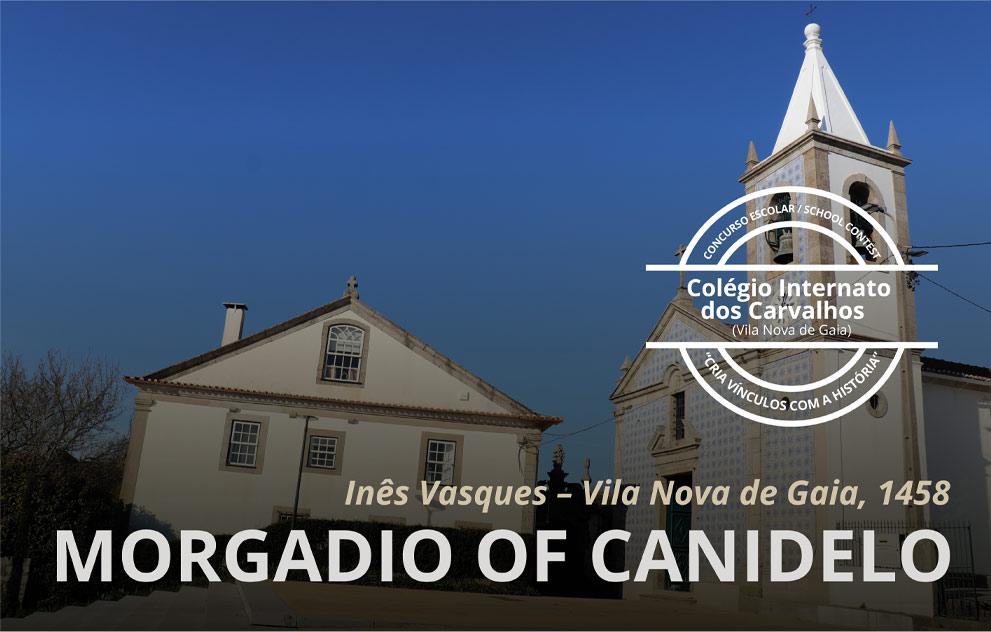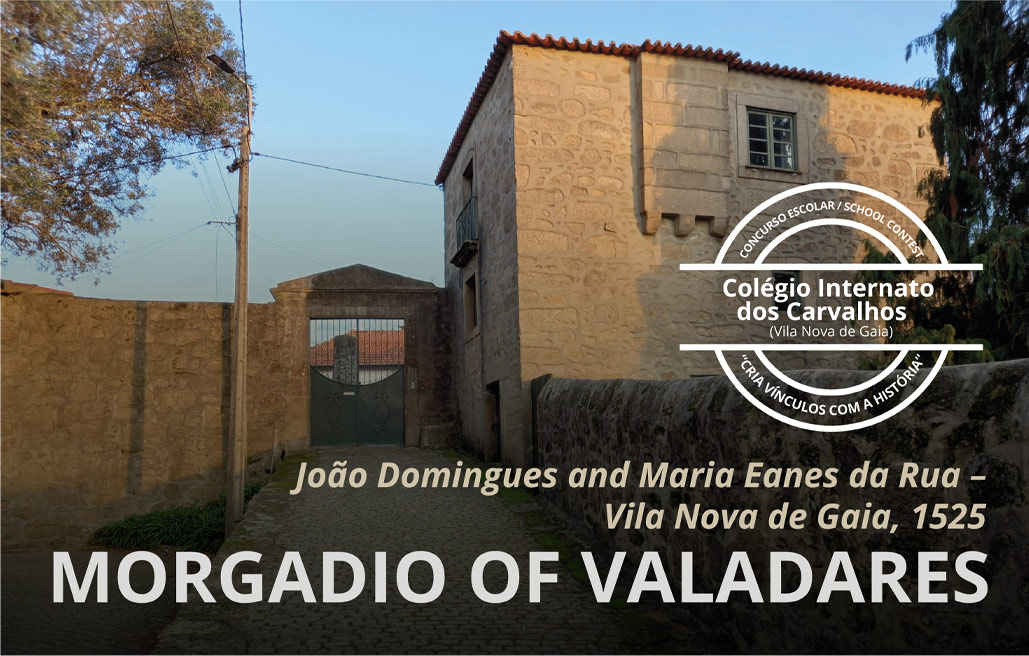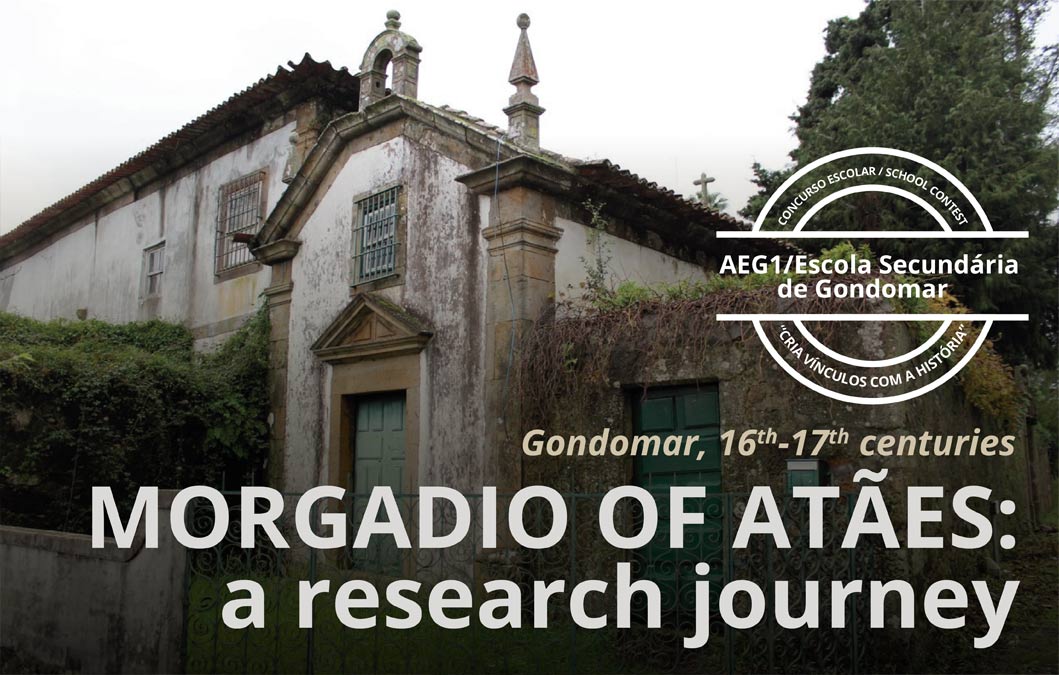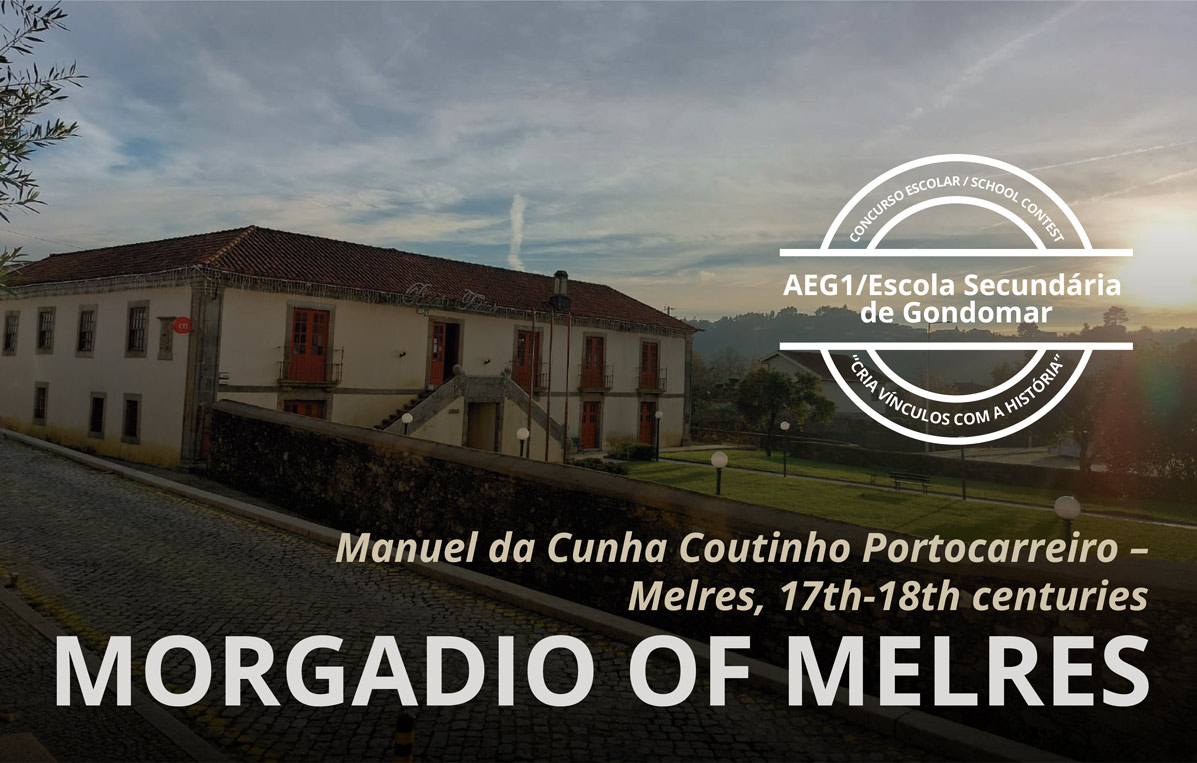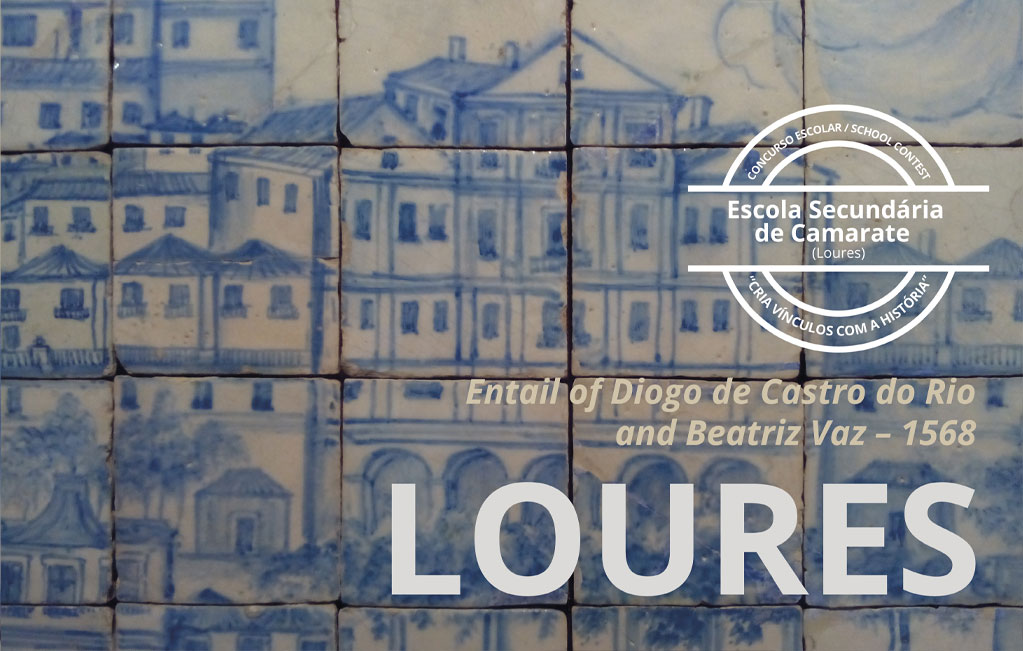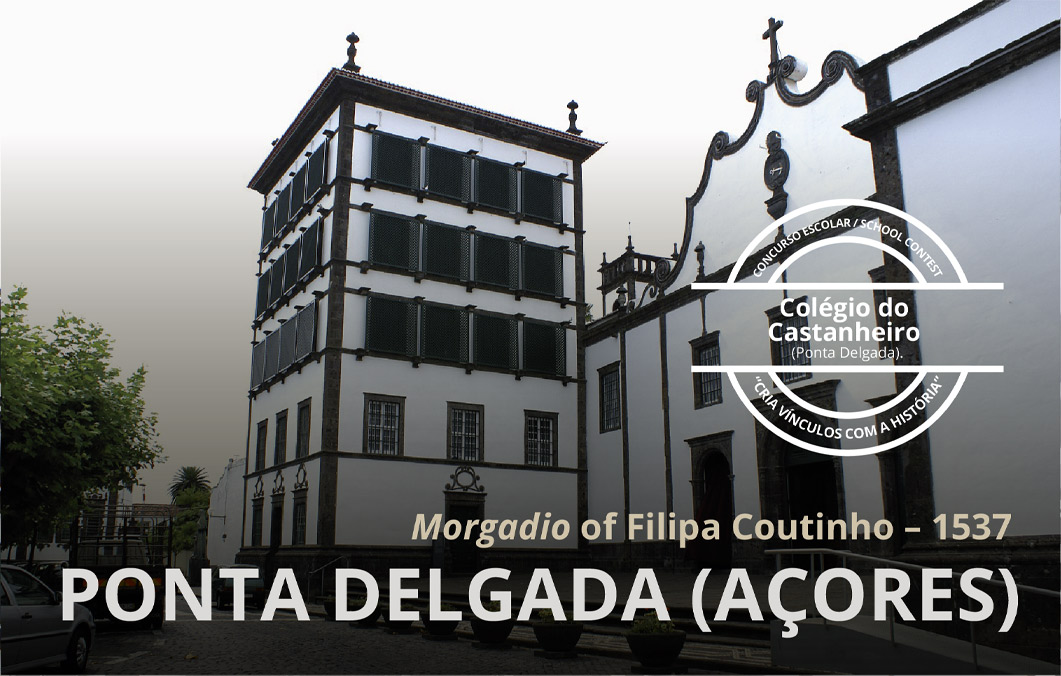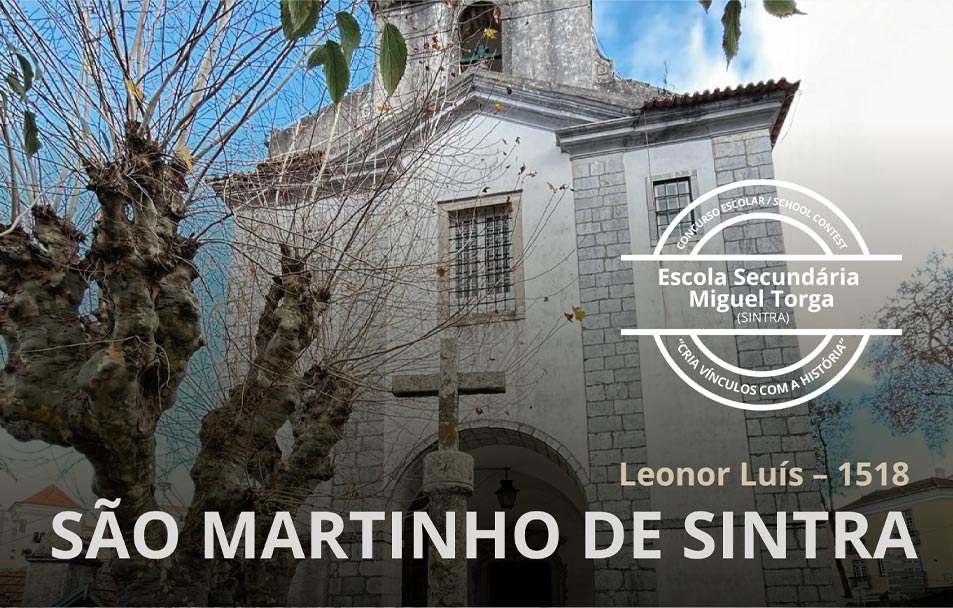Entail of the month (May, 2021)
Chapel of Estêvão da Guarda and Sancha Domingues.
Lisbon, 1320
Born around 1280, Estêvão da Guarda was a man of many facets in his time. Over the years, he adapted to the Portuguese royal court remarkably, combining an administrative role and services to the royal household, especially during the reign of Dinis – whose will he executed (MARTINS, 1999, p. 24). He further served Dinis as a councillor, legal representative, clerk, chief steward (uchão) and chief butler. Previously, he had been a diplomatic advisor to Afonso IV. As a resident in the alcáçova (the royal palace in Lisbon), he did not play an active role in managing the city but partook in its oligarch networks. This allowed him to create a relationship whereby he could influence the administrative bodies in his favour. From 1312 onwards, Estêvão da Guarda adopted the strategy of buying property, which was reinforced by being the recipient of donations, mainly from the king, and inheritance. His economic prosperity came from agriculture and the processing of foods. He was also the author of courtly poems, mostly satirical in style, which places his work among the last poem collections of medieval Iberia (OLIVEIRA, 1993, p. 246).
On 8 November 1320, Estêvão da Guarda and his wife, Sancha Domingues, founded a chapel at the São Vicente de Fora Monastery, Lisbon. Two years later, a confirmation document details every aspect related to the chapel administration and worship (AML, 2003, p. 41). In fulfilment of the founders’ wishes, succession to the administration of the assets fell on the eldest male heir. Thus, after the death of Estêvão da Guarda, it fell on Álvaro Afonso, the grandson of Estêvão and Sancha.
However, the chapel and related properties remained in the lineage’s administration for only two generations. The disowning of the great-grandson, Diogo Álvares, in 1419 by order of João I, seems to indicate irregularities on the part of the founders’ successors (AML-AH, Chancelaria régia, Livro dos Pregos, doc. 285, ff. 200v-201v). For an extended period, the “problematic and troublemaking” administration was met with a lack of income, as attested by a document dated December 1513 (MARTINS, 1999, p. 11). This document reveals a poorly kept chapel, “so badly looked after that it looked abandoned” (AML-AH, Casa de Santo António, Livro da instituição da capela de Estêvão da Guarda, doc. 15; MARTINS, 1999, p. 12). For these reasons, on 26 July 1512, King Manuel ordered the senate of Lisbon’s municipal council to take possession of the chapel, and gave it the right to appoint and remove its administrators (AML-AH, Casa de Santo António, Livro da instituição da capela de Estêvão da Guarda, doc. 1, f. 5). It should be noted that the founders had foreseen the possibility that, in case there was no descendant in the family, the administration of the chapel would be handed over to a citizen of Lisbon, appointed by the city council (MARTINS, 1999, p. 28). This context serves to explain the fact that the municipality currently keeps most of the documentation relating to this entail. Thus, it is in Lisbon’s municipal archive (Arquivo Municipal de Lisboa) that both the will of the founders and the documents of the institution and ratification are preserved, transcribed in an eighteenth-century codex named “Livro da Instituição da Capella de Estevão da Guarda, e outras cartas (…)” (AML – AH, Casa de Santo António, Livro da instituição da capela de Estêvão da Guarda, docs. 1-16).
On 8 November 1320, Estêvão da Guarda and his wife, Sancha Domingues, founded a chapel at the São Vicente de Fora Monastery, Lisbon. Two years later, a confirmation document details every aspect related to the chapel administration and worship (AML, 2003, p. 41). In fulfilment of the founders’ wishes, succession to the administration of the assets fell on the eldest male heir. Thus, after the death of Estêvão da Guarda, it fell on Álvaro Afonso, the grandson of Estêvão and Sancha.
However, the chapel and related properties remained in the lineage’s administration for only two generations. The disowning of the great-grandson, Diogo Álvares, in 1419 by order of João I, seems to indicate irregularities on the part of the founders’ successors (AML-AH, Chancelaria régia, Livro dos Pregos, doc. 285, ff. 200v-201v). For an extended period, the “problematic and troublemaking” administration was met with a lack of income, as attested by a document dated December 1513 (MARTINS, 1999, p. 11). This document reveals a poorly kept chapel, “so badly looked after that it looked abandoned” (AML-AH, Casa de Santo António, Livro da instituição da capela de Estêvão da Guarda, doc. 15; MARTINS, 1999, p. 12). For these reasons, on 26 July 1512, King Manuel ordered the senate of Lisbon’s municipal council to take possession of the chapel, and gave it the right to appoint and remove its administrators (AML-AH, Casa de Santo António, Livro da instituição da capela de Estêvão da Guarda, doc. 1, f. 5). It should be noted that the founders had foreseen the possibility that, in case there was no descendant in the family, the administration of the chapel would be handed over to a citizen of Lisbon, appointed by the city council (MARTINS, 1999, p. 28). This context serves to explain the fact that the municipality currently keeps most of the documentation relating to this entail. Thus, it is in Lisbon’s municipal archive (Arquivo Municipal de Lisboa) that both the will of the founders and the documents of the institution and ratification are preserved, transcribed in an eighteenth-century codex named “Livro da Instituição da Capella de Estevão da Guarda, e outras cartas (…)” (AML – AH, Casa de Santo António, Livro da instituição da capela de Estêvão da Guarda, docs. 1-16).
Even though the inheritance could not be sold or exchanged, a convent – Nossa Senhora da Esperança – was erected in 1522 in Quinta de Sisana, which was one of the properties included in the entail, owing to the influence of João III on the aldermen of Lisbon. In 1544, at the beginning of Pedro Fernandes’ administration, the same monarch asked the city council for information about the chapel. Two years later, he ordered that after the death of the administrator in office, the Esperança convent would administer the chapel. The reason given was that the abbesses and nuns “will be better than a layperson at fulfilling the duties of the said chapel” (AML-AH, Casa de Santo António, Livro da instituição da capela de Estêvão da Guarda, doc. 5, f. 6; Ibidem, doc. 6, ff. 6-7). However, at the end of the century, the administration was with Luís Mendes, a layman. In 1608, he was replaced with Pedro Vaz de Villas Boas and Justa de Magalhães, who resigned later in the year, claiming a failure to meet the chapel expenses (MARTINS, 1999, pp. 13-14).
A few years later, the works undertaken at the São Vicente Monastery by order of Filipe I ended up completely destroying the chapel of Estevão da Guarda and Sancha Domingues AML-AH, Casa de Santo António, Livro da instituição da capela de Estêvão da Guarda, doc. 7, ff. 7-12). Nevertheless, the memory of the entail and its founders survived the physical destruction of the chapel. It remains alive 700 years after the entail was first established.
Joana Soares, Maria Beatriz Merêncio, Rodolfo Feio, Rita Sampaio da Nóvoa.
ARQUIVO MUNICIPAL DE LISBOA – ARQUIVO HISTÓRICO, Casa de Santo António, Livro da instituição da capela de Estêvão da Guarda e outras cartas, Instromentos, Sentenças, Letra Pontificia e contractos pertencentes a dita Cappella, docs. 1-16.
ARQUIVO MUNICIPAL DE LISBOA – ARQUIVO HISTÓRICO, Chancelaria régia, Livro dos Pregos, doc. 285, f. 200v-201v.
ARQUIVO MUNICIPAL DE LISBOA – Documentos Medievais (1179-1383), Catálogo, VIEGAS, Inês Morais, MARTINS, Miguel Gomes (coord.), Lisboa, 2003.
MARTINS, Miguel – “Da Esperança a S. Vicente de Fora: Um percurso em torno de Estêvão da Guarda”, in Cadernos do Arquivo Municipal, Lisboa, Câmara Municipal de Lisboa, 3, 1999, pp. 10-60. Disponível em: http://arquivomunicipal.cm-lisboa.pt/fotos/ editor2/Cadernos/cad3/31.pdf [consultado a 26 de abril de 2021].
OLIVEIRA, António Resende de – “Estêvão da Guarda”, in LANCIANI, Giulia; TAVANI, Giuseppe (org.), Dicionário da Literatura Medieval Galega e Portuguesa, Lisboa, Editorial Caminho, 1993, pp. 245-246.
Other entails of the month



